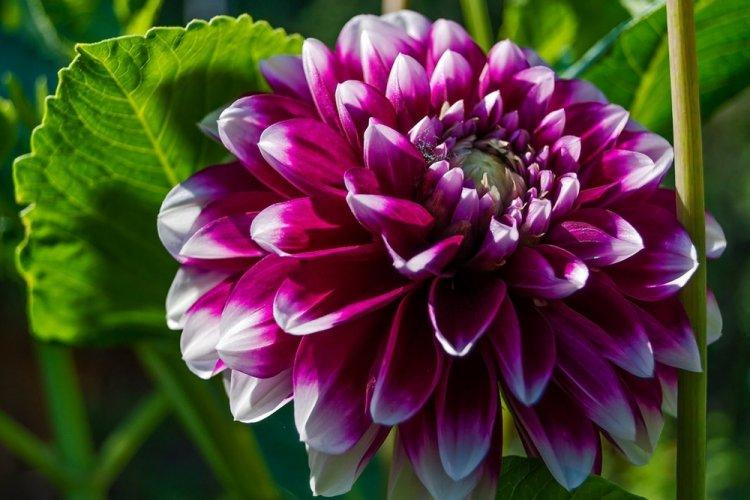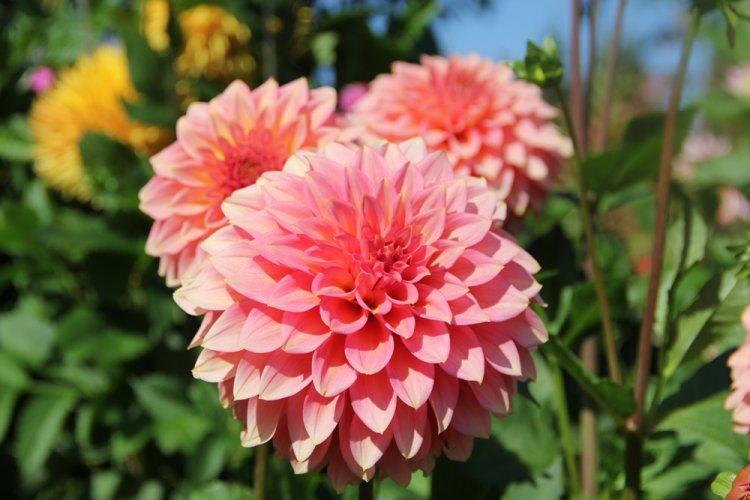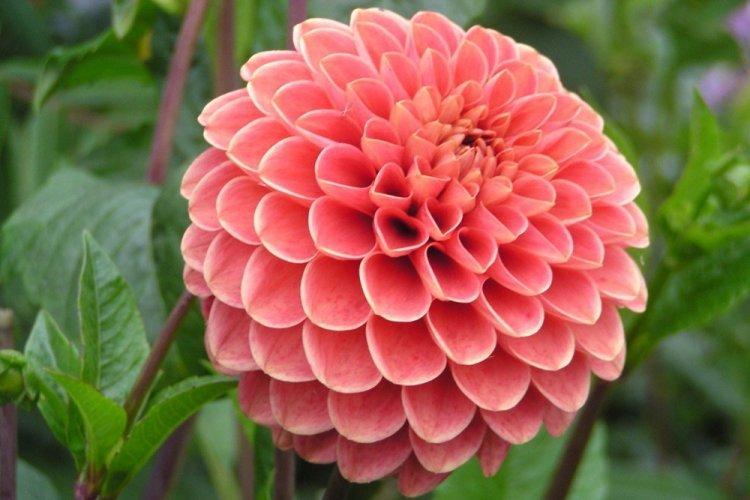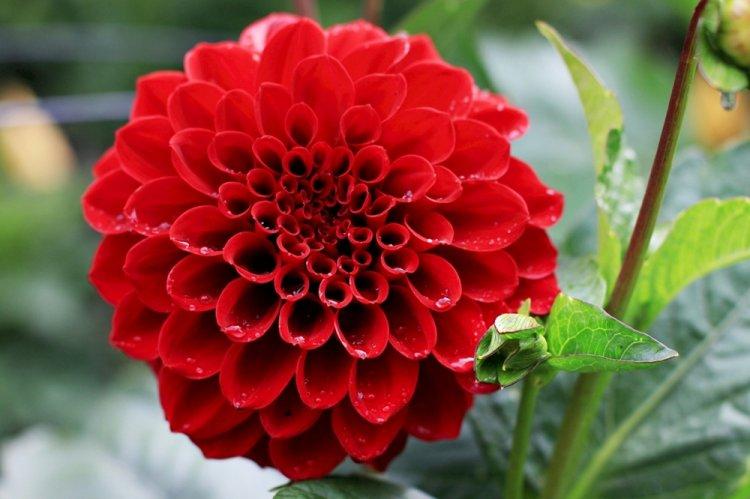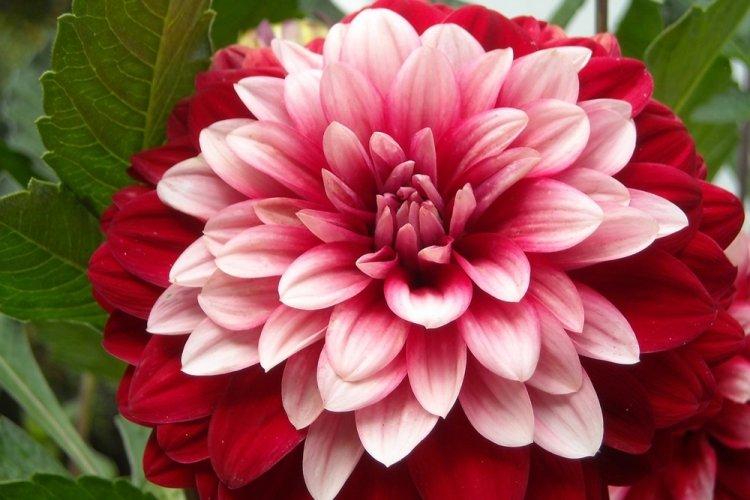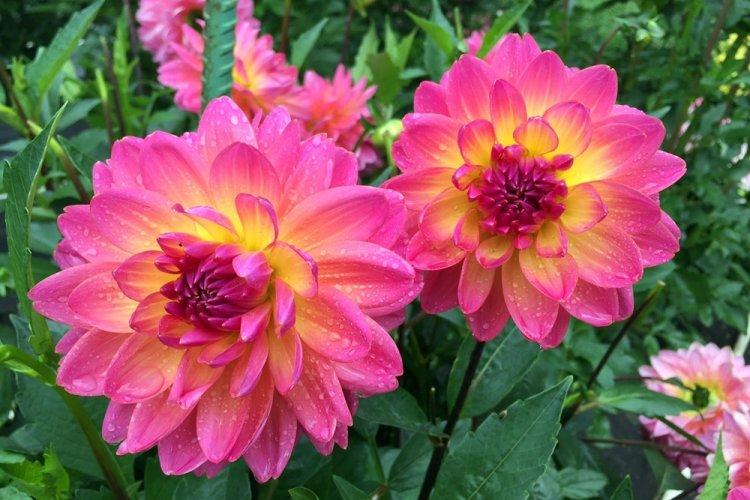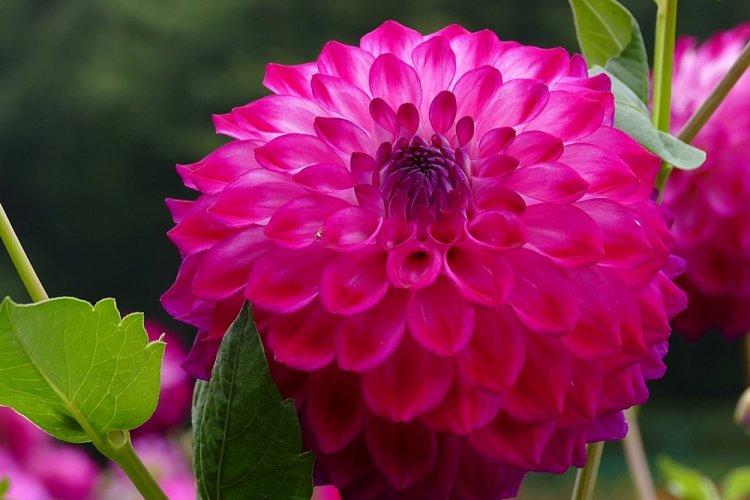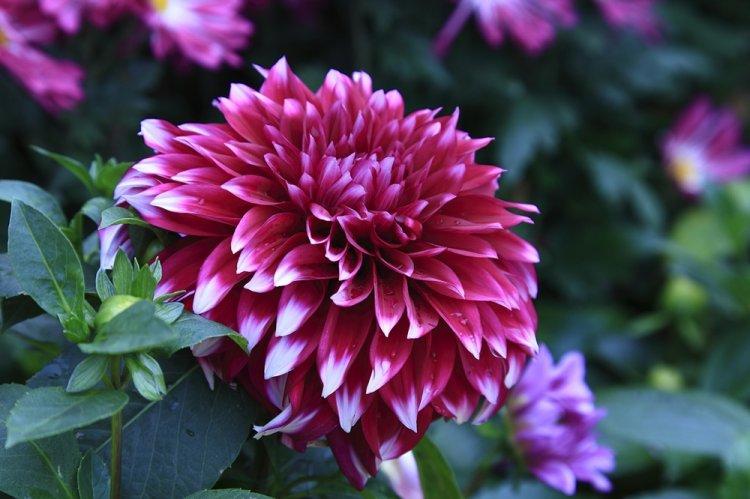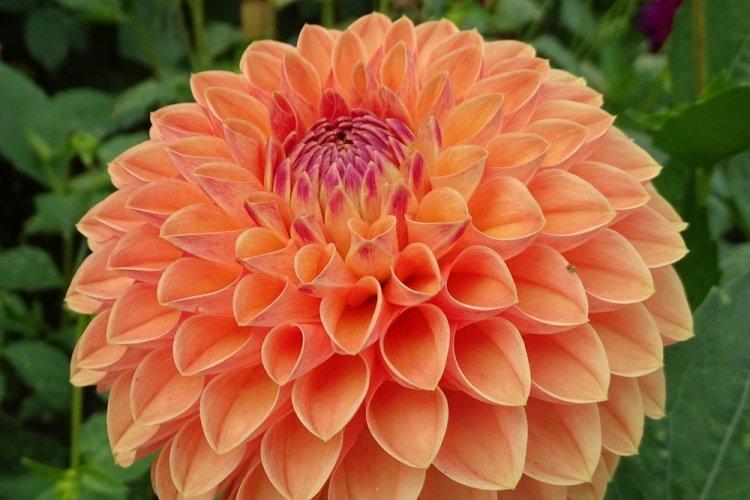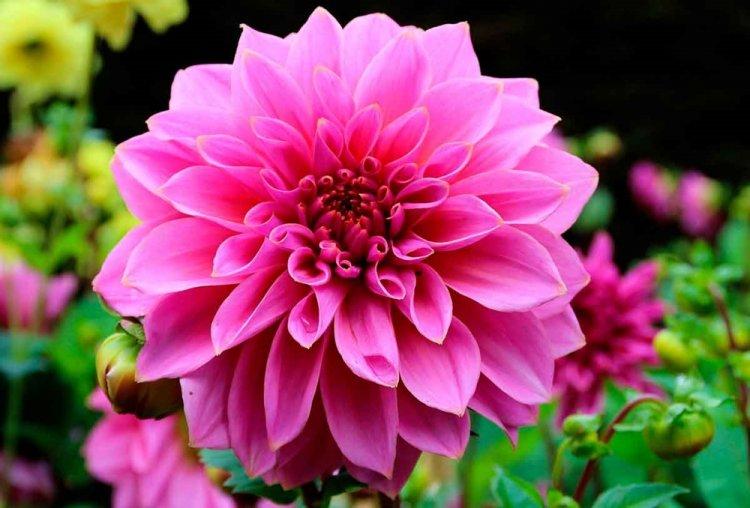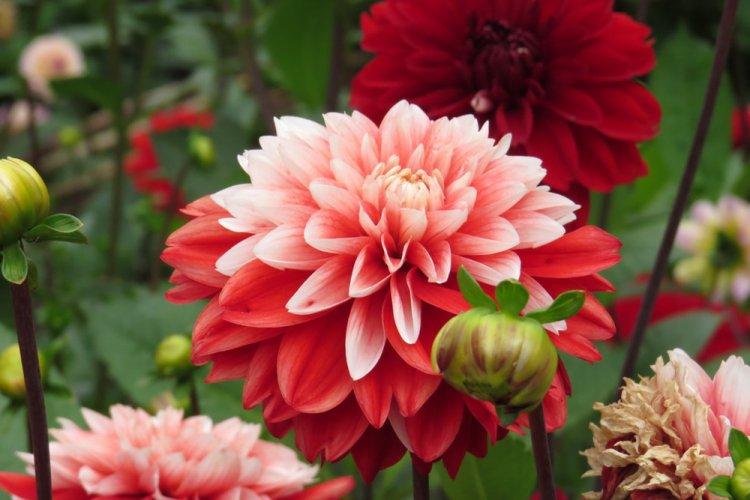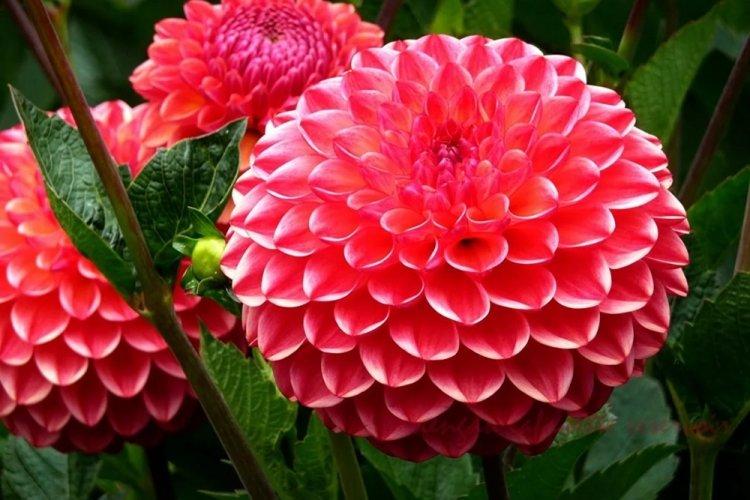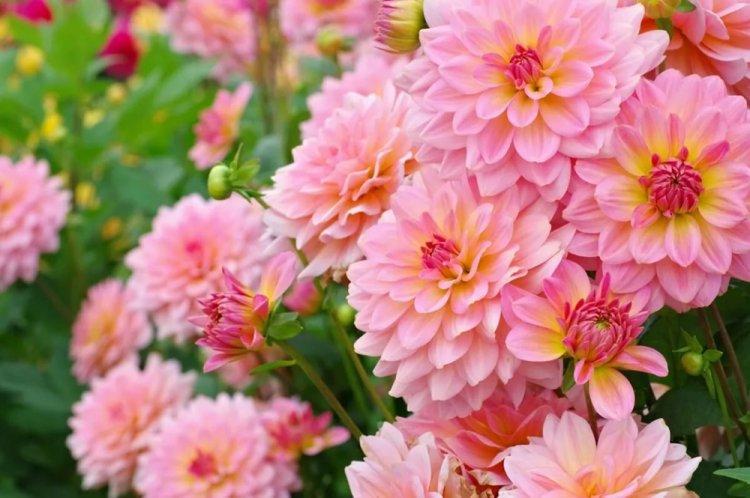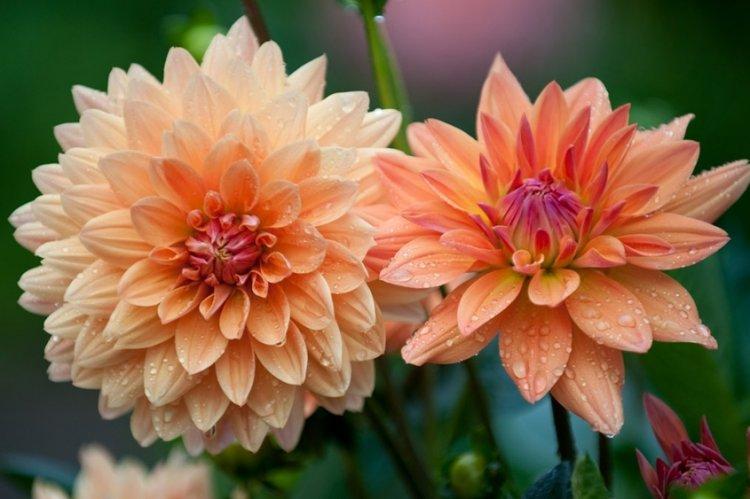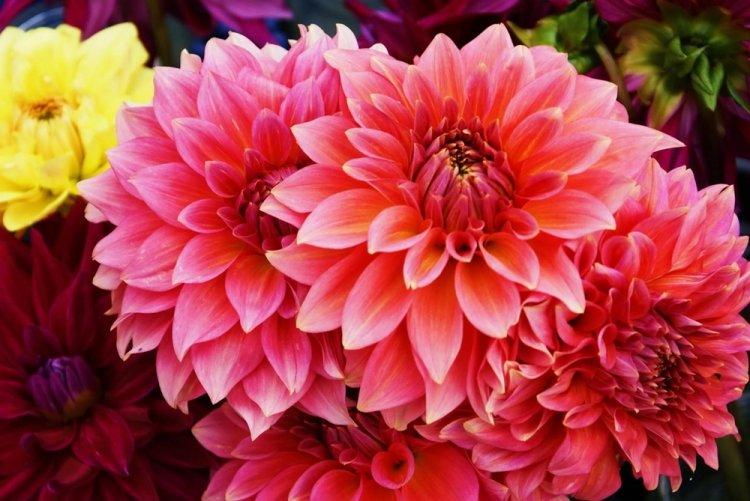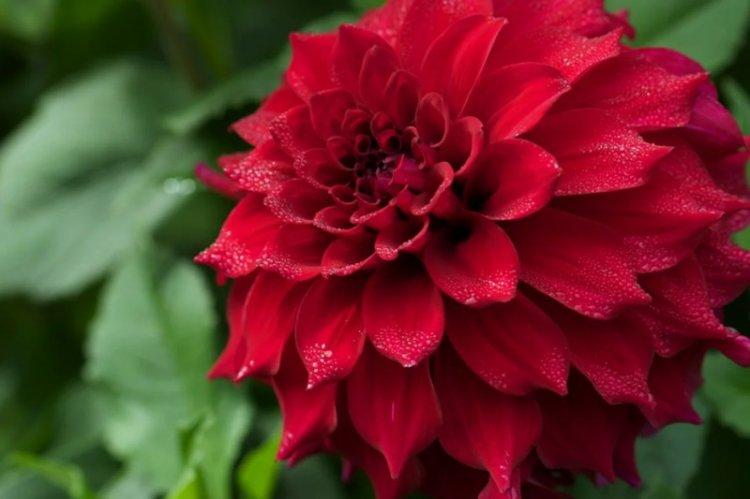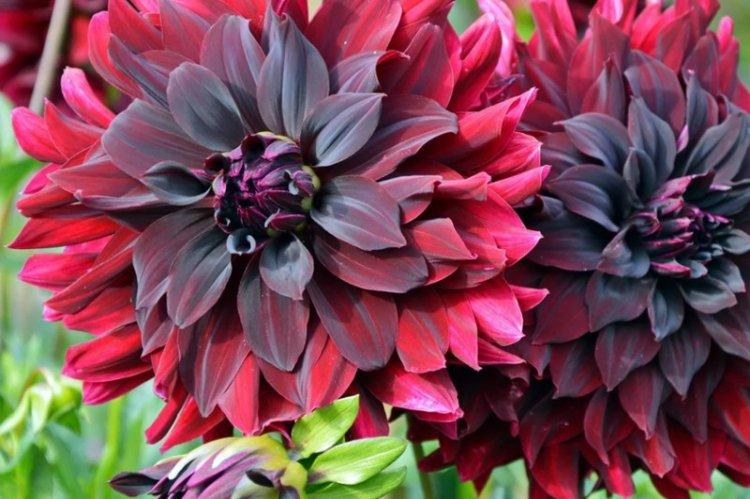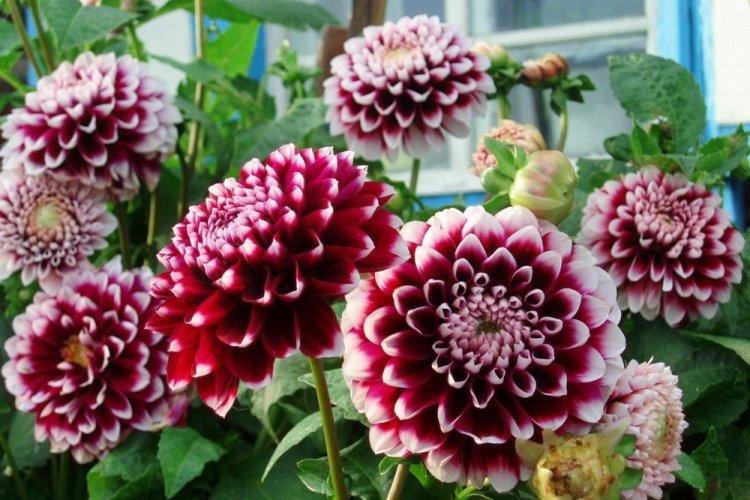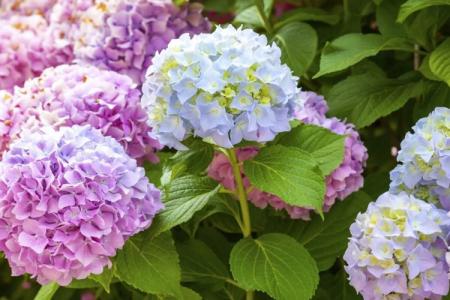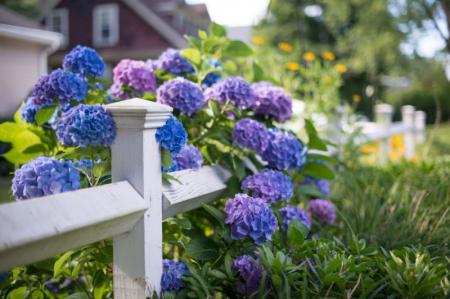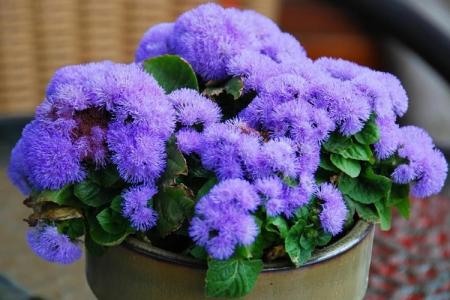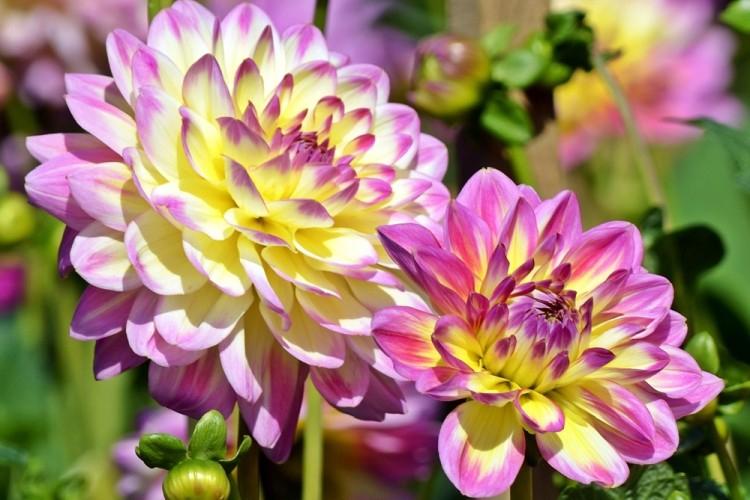
Dahlias are shrouded in mysterious legends and mysterious stories. According to the legend, the appearance of a lush, beautiful flower marked a new era. After all, it is believed that the first dahlia grew on the site of a dying fire, the last one during the Ice Age. Romantic, isn't it?
general information
Both of their names were given to dahlias in honor of outstanding botanists - Georgi (dahlias) and Dali (Latin Dahlia). In nature, lush herbaceous perennials grow in the Mexican mountains. It is the national flower of Mexico and a true artifact of the Aztecs.
The Aztecs used dahlias in rituals and ceremonies, prepared various dishes from them, and even treated epilepsy. The medicinal properties of the roots of the plant were also attributed to Europe. And all because they contain a large percentage of fructose, which has a positive effect on insulin levels.
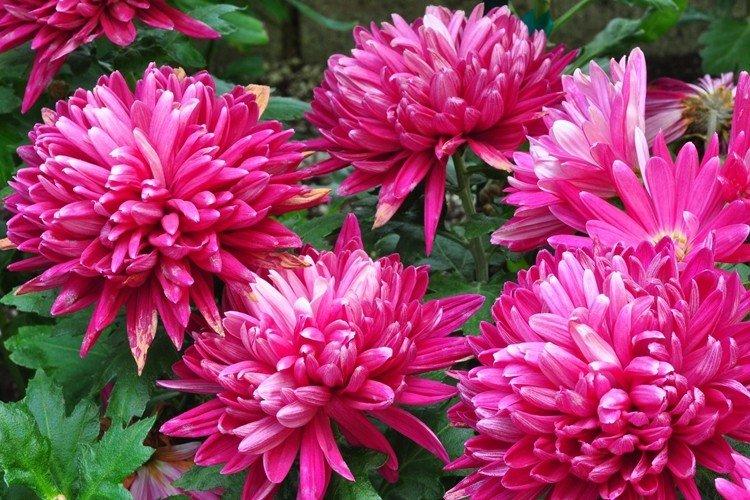
According to legend, a dahlia was a luxurious exclusive flower that was hidden from prying eyes and kept as a valuable treasure in the royal garden. But one day he was kidnapped by a brave gardener to give him to his beloved - and so dahlias got into people.
Later, the farm used dahlias instead of potatoes and made pipes for tobacco from them. But the decorative look could not compete with the more affordable and productive crops. But it was appreciated by gardeners and breeders of the Madrid Botanical Garden, from where it spread around the world.

Dahlia species
Garden dahlias are very diverse and, in terms of the number of shades, will easily bypass most of their fellows. You can plant the whole garden with different varieties and never repeat. Moreover, not only the palette differs, but also the appearance of flowers: from tiny compact bushes to tall 2-meter beauties.
Dahlias are spherical
This is the most famous and recognizable variety with bulky, rounded inflorescences. Large elastic petals, gathered in conical tubes, look interesting. Unlike pompom dahlias, these flowers are quite loose and soft.
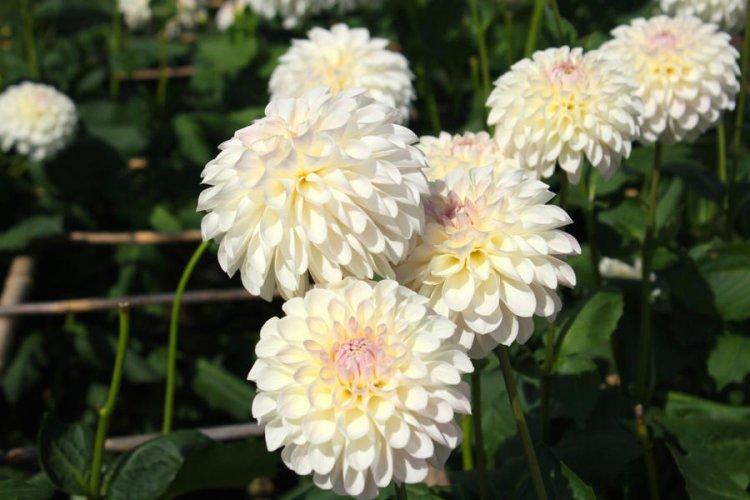
Peony dahlias
If you are looking for dense, lush and voluminous inflorescences, you need peony dahlias. The flower is assembled from wide oval petals in several rows, each row being slightly smaller than the previous one. And the smallest and shortest ones are twisted into tubes and form the middle.

Pompon dahlias
The name of the pom-pom dahlias speaks for itself: the inflorescences really look like small pom-poms. Unlike varieties with wide flat petals, here they are twisted into tubes. The whole flower is much smaller, but very dense and resilient.

Collar dahlias
A bright and effective category pleases the eye with a harmonious duet of simplicity and expressiveness. One inflorescence combines petals of different shapes and sizes: large and flat along the edging, long and thin in the second layer and small tubes in the middle.
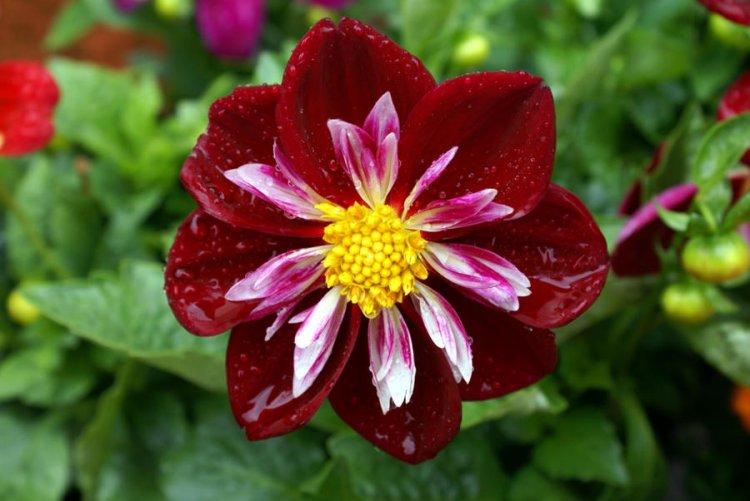
Dahlias anemone
Anemone is a small herbaceous flower with large, wide petals, and the anemone dahlia resembles it. These varieties resemble their closest relatives - collared dahlias. Thin small tubes are grouped surrounded by flat, wide petals.

Needle dahlias
The unusual look is notable for its petals, which you are unlikely to find among other garden flowers. They are tightly twisted into thin narrow needles, which gave the name to the variety. Moreover, the length, shape and density of the petals depends on the specific variety, and there are a lot of them.
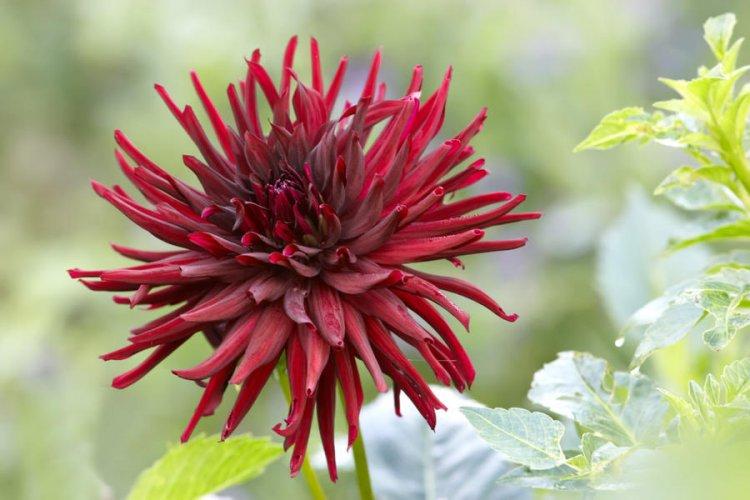
Nymphaean dahlias
This is one of the most unusual and specific varieties that differ in appearance. Inflorescences of nymphaean dahlias are almost flat, although the middle seems to be very voluminous and textured. It's interesting to keep track of color contrasts and transitions between layers of petals.

Dahlia care
Dahlias are as undemanding as possible, despite their lush bloom.They easily tolerate different temperatures and lighting, take root in any area and are not too vulnerable. For the most part, only the flowering period depends on compliance with the rules of care, but not its beauty.
Temperature
Dahlias are thermophilic, so they need temperatures above 20 degrees. They are planted when it has already become warmer, and must be dug up in late autumn for the winter. You cannot leave the tubers to winter in the ground, even under leaves and film - they will freeze over and will no longer germinate.
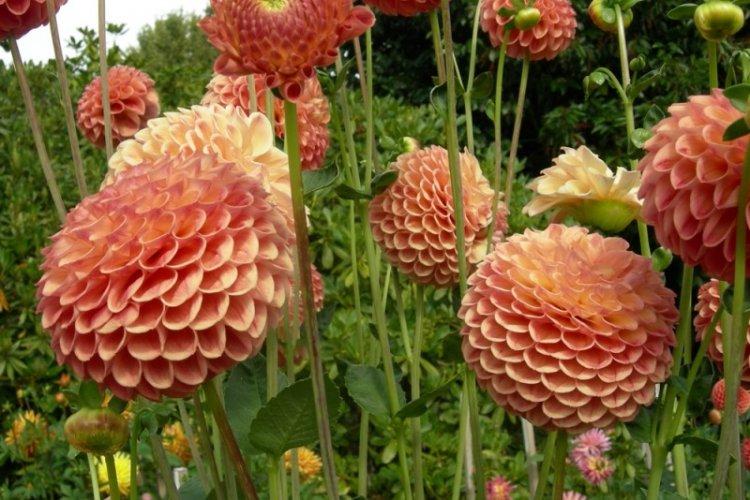
Lighting
Dahlias need light, but 6-8 hours are enough for them, so you can easily find a place in the garden. In the sun, the flowers stretch up better, so the stem breaks less often. In partial shade, dahlias also feel good, but they will not bloom so long and luxuriantly.
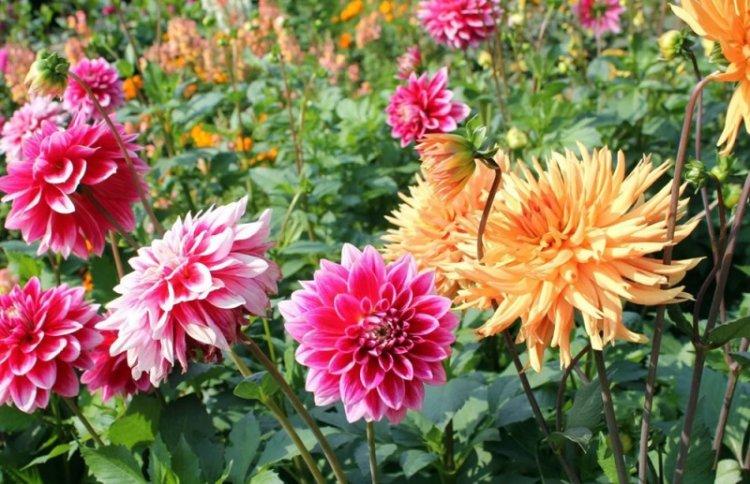
Watering
Humidity is almost the only requirement that should be taken really seriously. Choose moderate and controlled watering 25-30 cm deep, because otherwise the tubers can rot. Be sure to consider a drainage layer of gravel, pebbles, expanded clay or crushed brick. Mulch and loosen the soil after heavy and prolonged rains so that the water does not stagnate.

The soil
Dahlias are absolutely indifferent to the land on which they grow, because in natural latitudes they are by no means the most nutritious soil. Equally beautiful flowers can be grown both on fertile black soil and on sandy soil. Loam, regular garden soil for flowers and ready-made store mixes will do.
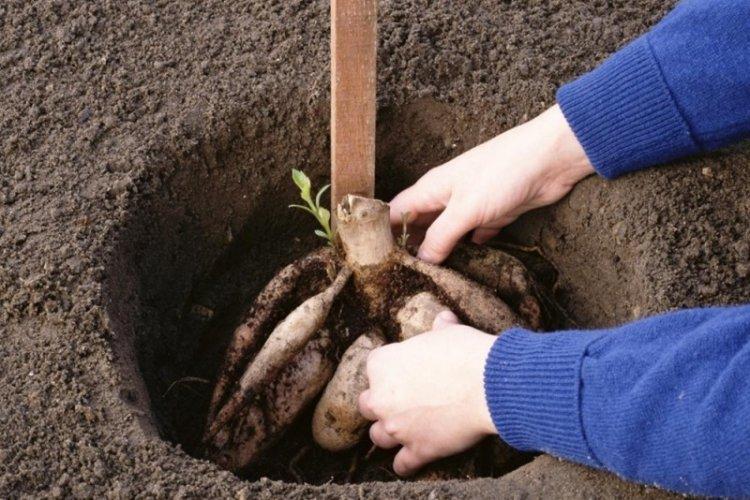
Fertilizers and feeding
Apply the first fertilizer when you plant the tubers, directly into the same hole. Organic fertilizers or well-settled compost from 2 years ago will do. In the future, it will be convenient to introduce fertilizers in liquid form during spills. Add nitrogen to grow leaves, and superphosphate for lush blooms.

Garter
Although the dahlia stems appear dense and thick, they are quite fragile. They can be broken by careless movement or even a strong gust of wind, so they definitely need a support. The first pegs are installed even when the tubers are planted, otherwise there is a high risk of damaging the root later.

Transplant and reproduction
Dahlias are grown from tubers that are planted in spring or early summer. It is important that there are no frosts on the street, and the soil warms up well to a depth. If you want to plant flowers early, then be sure to cover the seedlings from the cold.
When planting, be sure to keep the growth points above ground level, otherwise they will rot. Or you can sprout flowers in sawdust under plastic wrap with a small gap for ventilation in advance. During germination, constantly moisten the tubers so that they wake up and sprout.
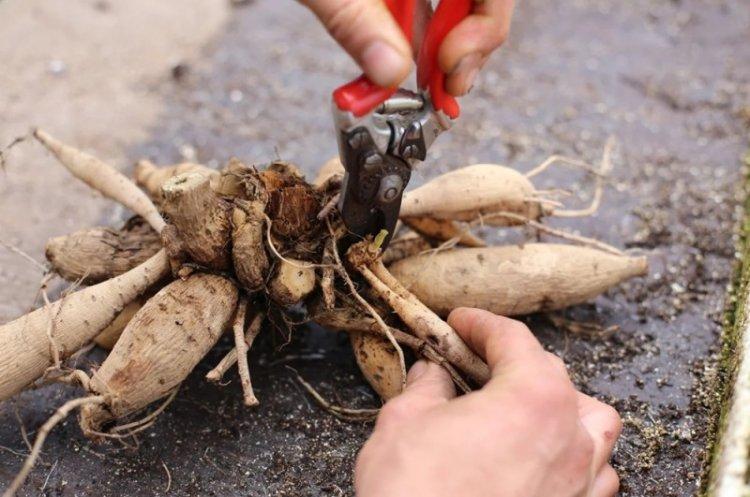
Pest and disease control
The most common disease of dahlias is gray rot, which appears due to improper watering or excess nitrogen. You will notice brown spots, crooked peduncles and gray bloom on dry buds. It is important here to act as quickly as possible and remove all damaged fragments.
There are other fungal diseases - white rot and fusarium. They have similar symptoms and the same tools to deal with. But in the first place is prevention: selection of planting material, removal of diseased plants, culling, treatment with fungicides.
Young dahlia shoots should be especially carefully protected, because they are more vulnerable to pests. Insects spoil leaves and buds, which is why soft tissues are not able to fully open. Then all the damage will be visible on the ripe inflorescence, so use insecticides immediately.

Dahlias - photo
A little care and maintenance, and the dahlias will thank you with a luxurious bouquet of inflorescences in the garden! Just look how good and attractive they are!

